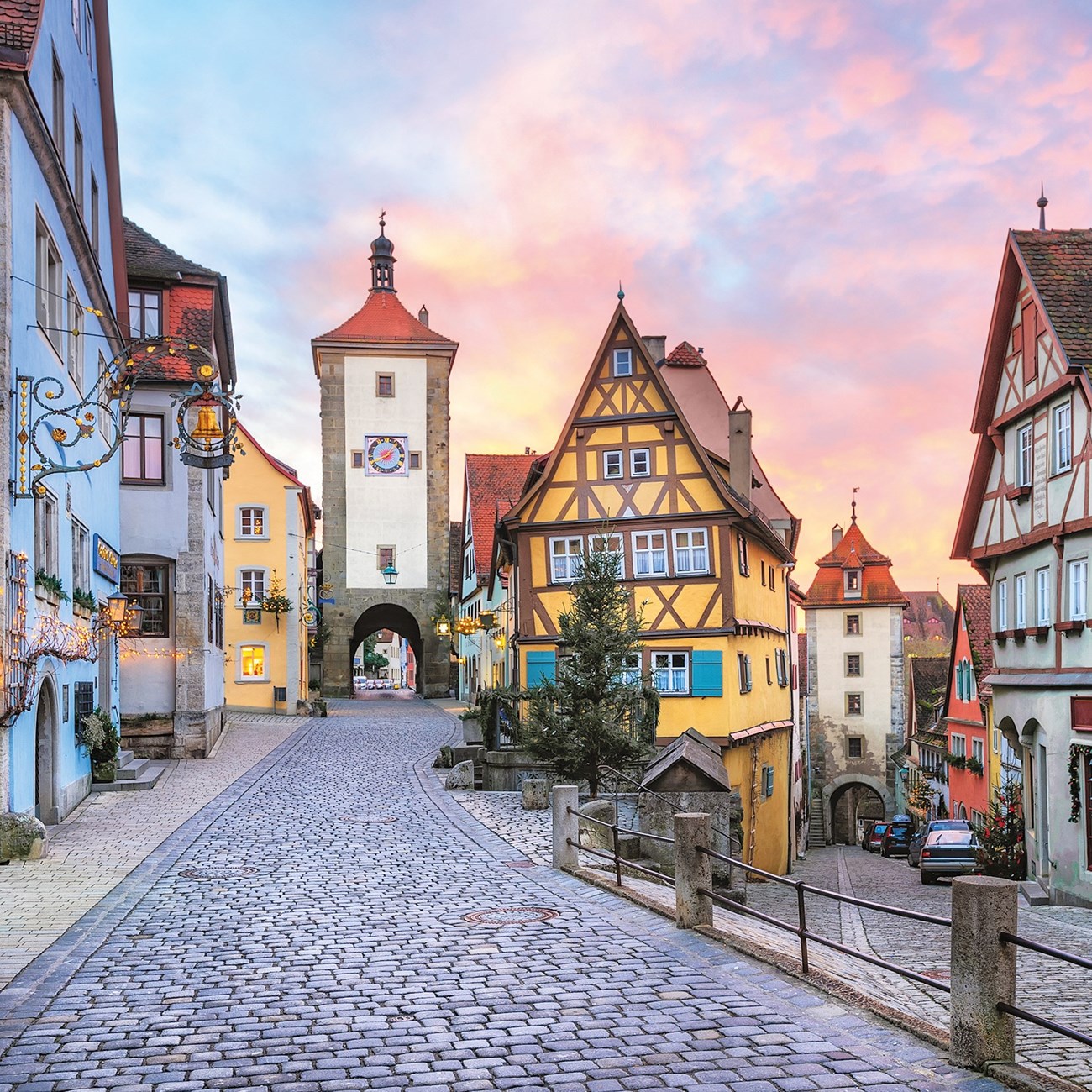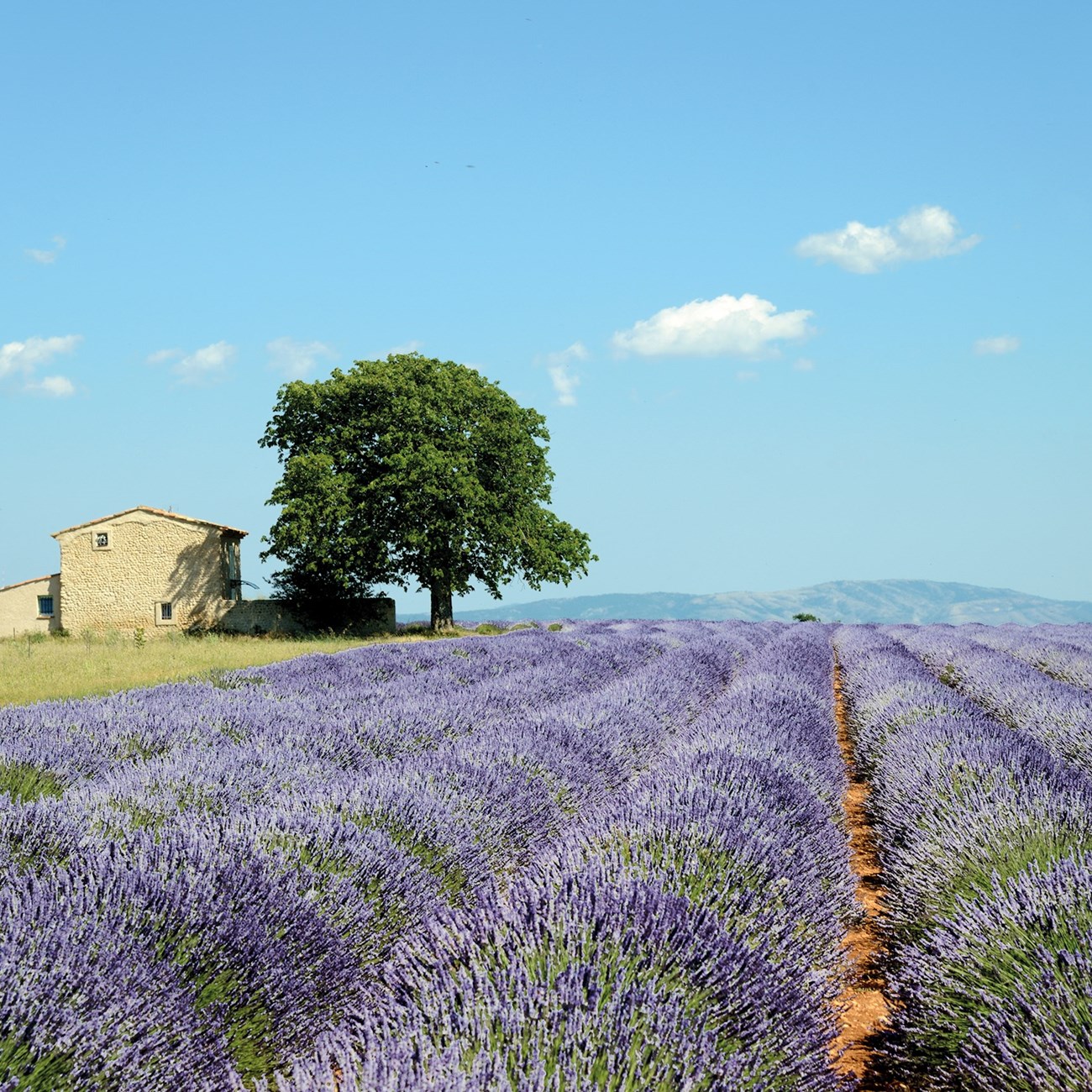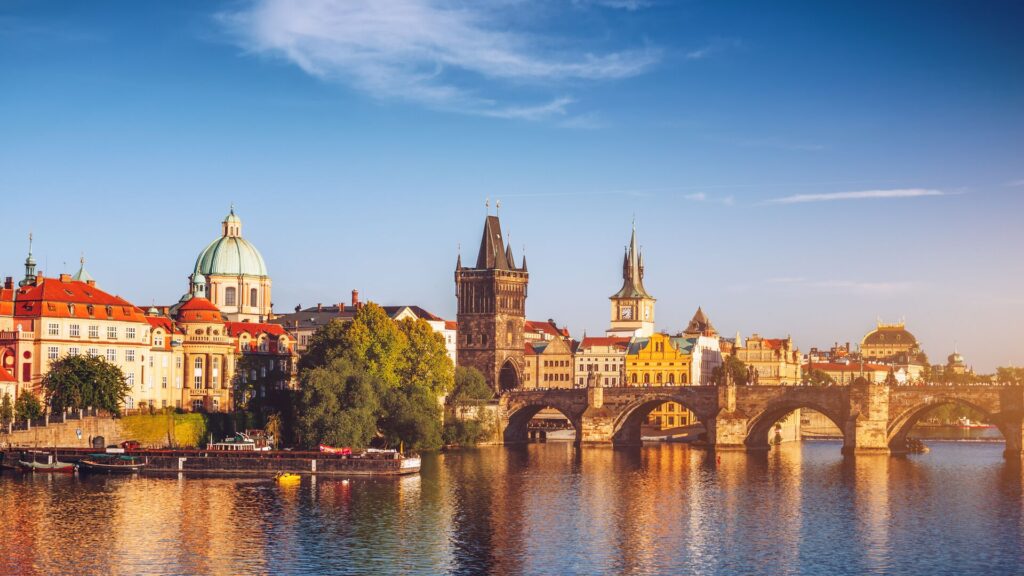The most impressive historical sites in France range from Roman architectural marvels to countless grand cathedrals, fairytale castles and pivotal wartime sites. While many are found in Paris, the country’s capital is far from the only place where you can immerse yourself in France’s diverse history. Here are 15 of the most important historical sites in France to add to your list for the next time you visit.
Top 15 historical sites in France
Eiffel Tower
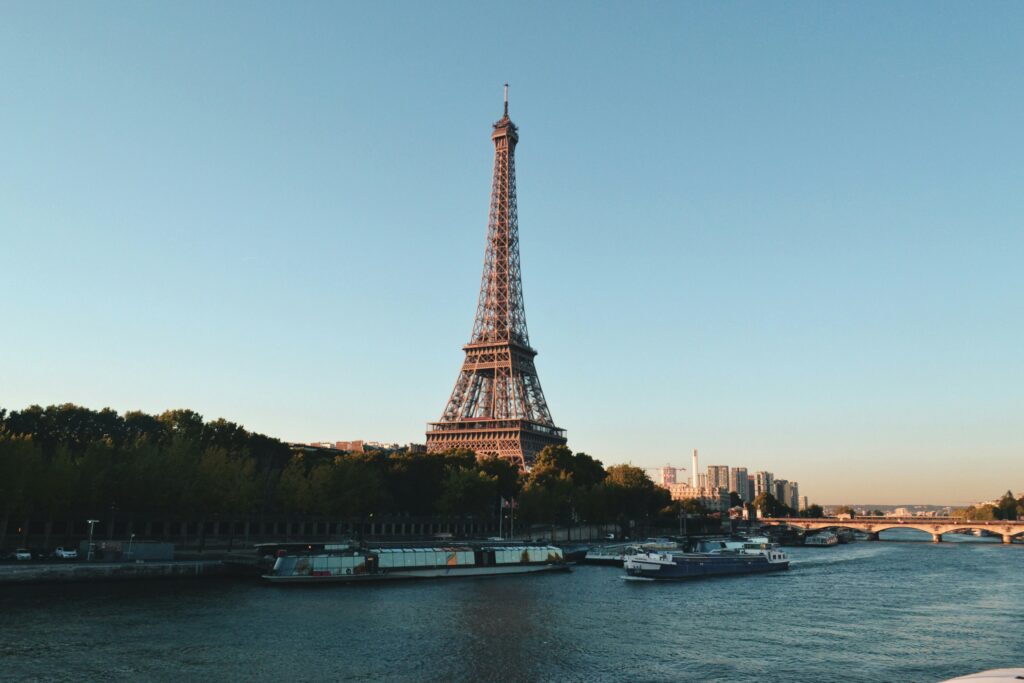
One of the most famous landmarks in not only France, but the world, the Eiffel Tower was designed and built between 1887 and 1889 by Gustave Eiffel, and named in his honor. The wrought-iron structure was one of over 100 plans submitted to the French government as part of a competition to find a suitable monument to celebrate the centenary of the French Revolution. Gustave Eiffel was a notable bridge engineer, and his concept had almost no opposition – even though nothing like it had ever been built before.
Even though it was twice as high as the dome of Rome’s St. Peter’s Basilica, the Eiffel Tower was erected quickly in about two years (between 1887-1889). Eiffel designed the tower to be strong but light, utilizing his prior extensive knowledge of metal. Not only did the tower serve as the entrance gateway to the International Exposition of 1889, but over 135 years later over 7 million people visit it each year.
Arc de Triomphe
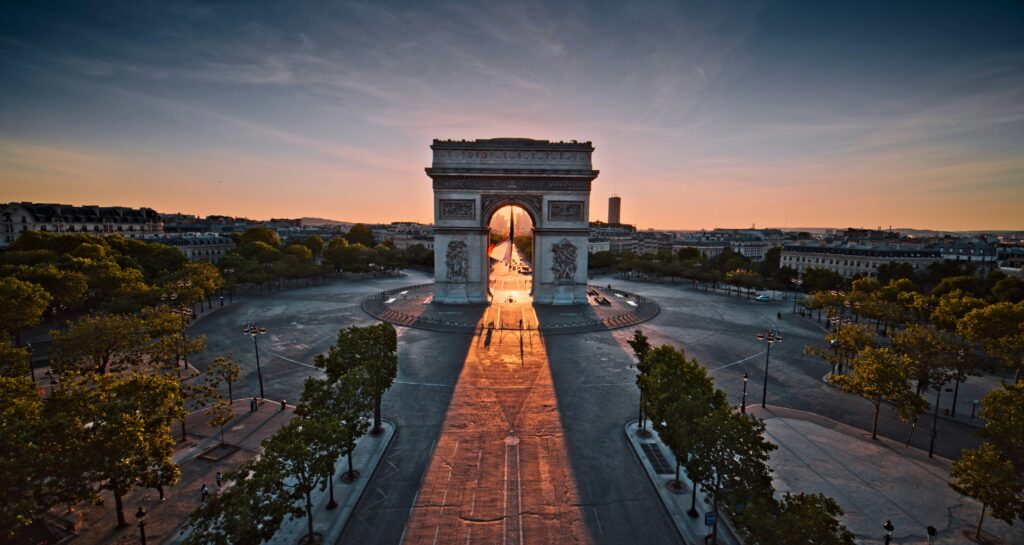
Though the Arc de Triomphe took 30 years to be completed, it has more than cemented its place as one of the most historical sites in France. Often called Napoléon’s gift to Paris, it was commissioned by the former Emperor of the French to celebrate France’s military triumphs, designed by French architect Jean-François-Thérèse Chalgrin. Chalgrin was inspired by the Roman Arch of Titus, but enlarged the scale to represent the grandeur of the Napoleonic era. The Arc de Triomphe was built between 1806 to 1836, and though the first stone was laid on Napoléon’s birthday, unfortunately neither he nor Chalgrin ever saw its completion. Beneath the Arc de Triomphe is the Tomb of the Unknown Soldier, a poignant tribute to the unidentified soldiers in World War I who lost their lives in battle.
Palace and Park of Versailles
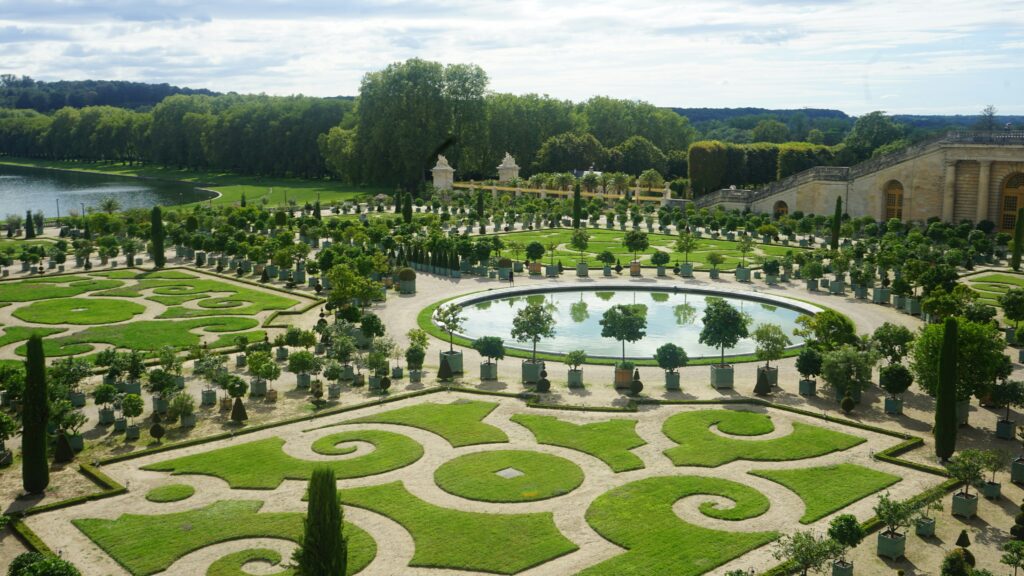
Found just west of Paris, the Palace of Versailles was originally the chateau and hunting lodge of King Louis XIII. It was his son, Louis XIV (known as the Sun King) who transformed it during the 17th century into the magnificent palace we know today – including the extravagant Grand Apartments and Hall of Mirrors. In the 19th Century, King Louis-Philippe turned Versailles into the Museum of the History of France.
Notre-Dame Cathedral
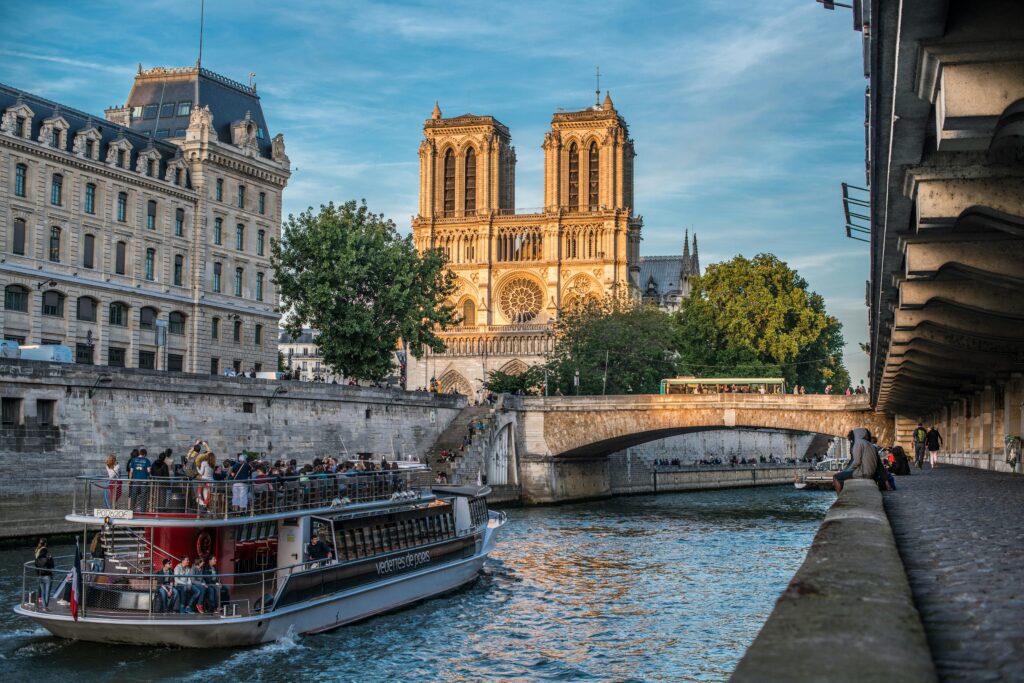
Somewhat the heart of Paris, Notre Dame has sat on the banks of the river Seine for 850 years. It’s been the site of countless marked events: it saw the crowning of Henry VI as king of England in 1421; the consecration of Napoleon as emperor; and the beatification of Joan of Arc. It’s also been immortalized in fiction, featuring in Victor Hugo’s 1831 novel The Hunchback of Notre Dame, later made into many film versions.
The first stone was laid in 1163 (in the presence of Pope Alexander III, nonetheless), but it wasn’t completed for another 200 years. In more recent history, during a restoration campaign a huge fire broke out on 15th April 2019 in the cathedral’s attic, destroying most of the roof, Viollet-le-Duc’s 19th-century spire, and some of the rib vaulting; it is scheduled to reopen in December 2024. Notre Dame is indeed a historic monument and popular tourist site, bringing in 12 million visitors each year before the 2019 fire, but at its core it is the heart of the Roman Catholic church in Paris.
Mont-Saint-Michel and its Bay
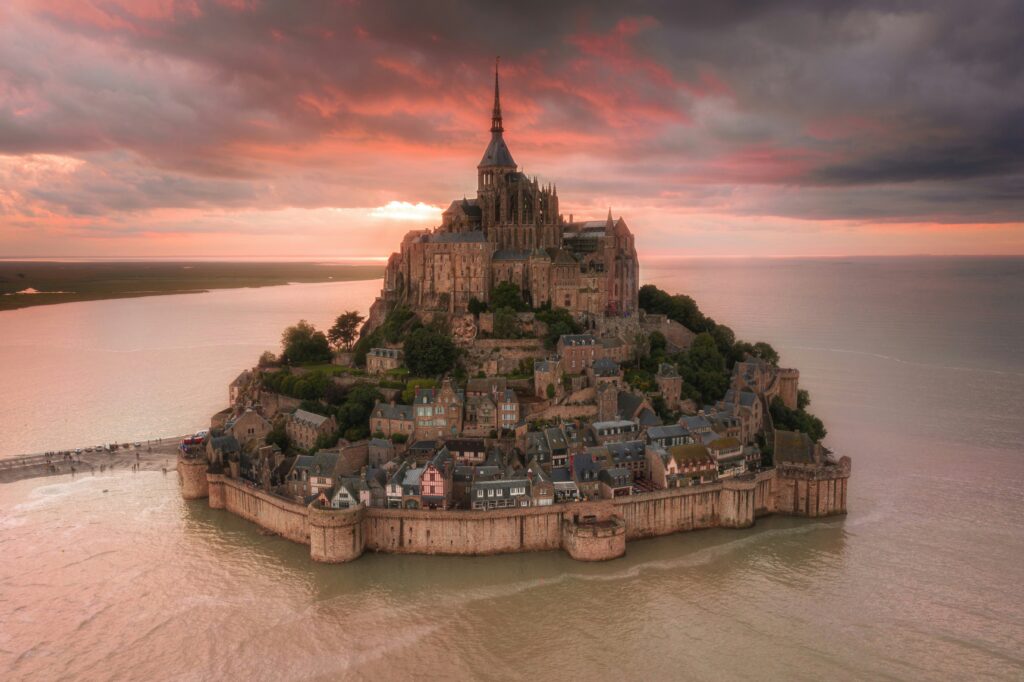
A sight to behold, the Mont-Saint-Michel is not just a holy island but also a UNESCO World Heritage Site, as is its breathtaking bay. Found between Normandy and Brittany, Mont-Saint-Michel and its Bay sits atop a rocky islet where its Gothic-style Benedictine abbey is exposed to the elements. Built between the 11th and 16th centuries, the abbey was dedicated to the archangel St Michael after a bishop from a nearby hilltop town claimed that the Archangel Michael himself had pressured him into having a church built atop the island just out to sea in the early 8th century. Unsurprisingly, over the centuries vast numbers of pilgrims have visited the site along with tourists.
Saint-Malo
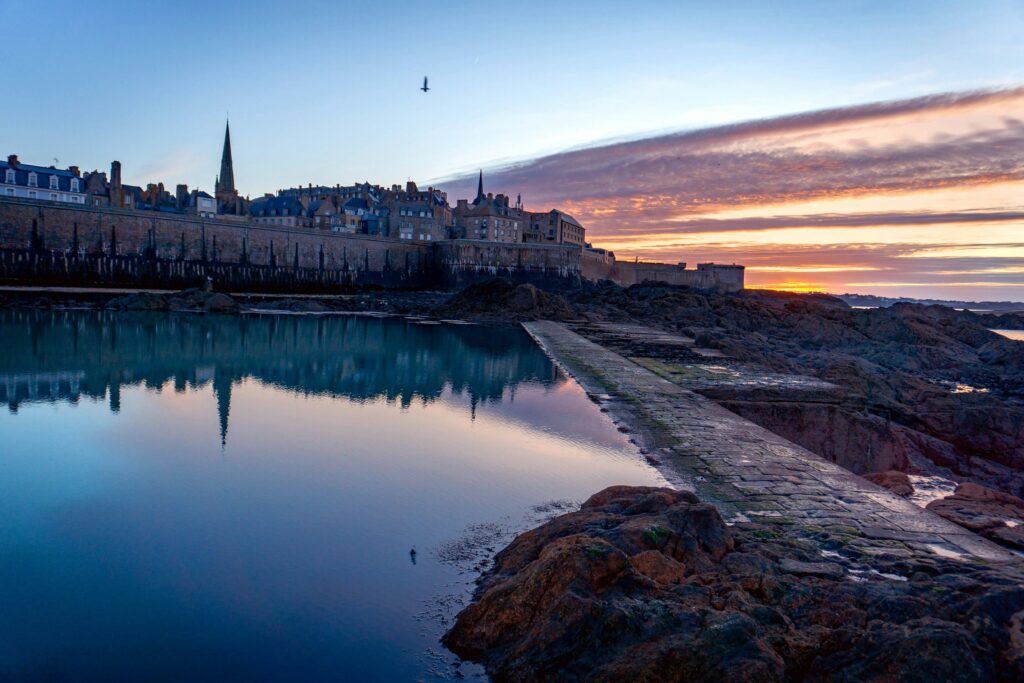
Sitting on an islet joined to the mainland only by an ancient causeway, Brittany’s walled city of Saint-Malo looks like something out of a fairytale – but its history isn’t so perfect. It wasn’t inhabited until the 8th century, and the name ‘Saint-Malo’ is derived from a Welsh monk named Maclow, who initially referred to the town as Maclou; over time the name transformed. At the end of World War II the city was set on fire and 80% of it was destroyed, including nearly 700 buildings and extensive damage to the Saint-Vincent cathedral, which wasn’t completely rebuilt until the 1970s.
Sainte Chapelle
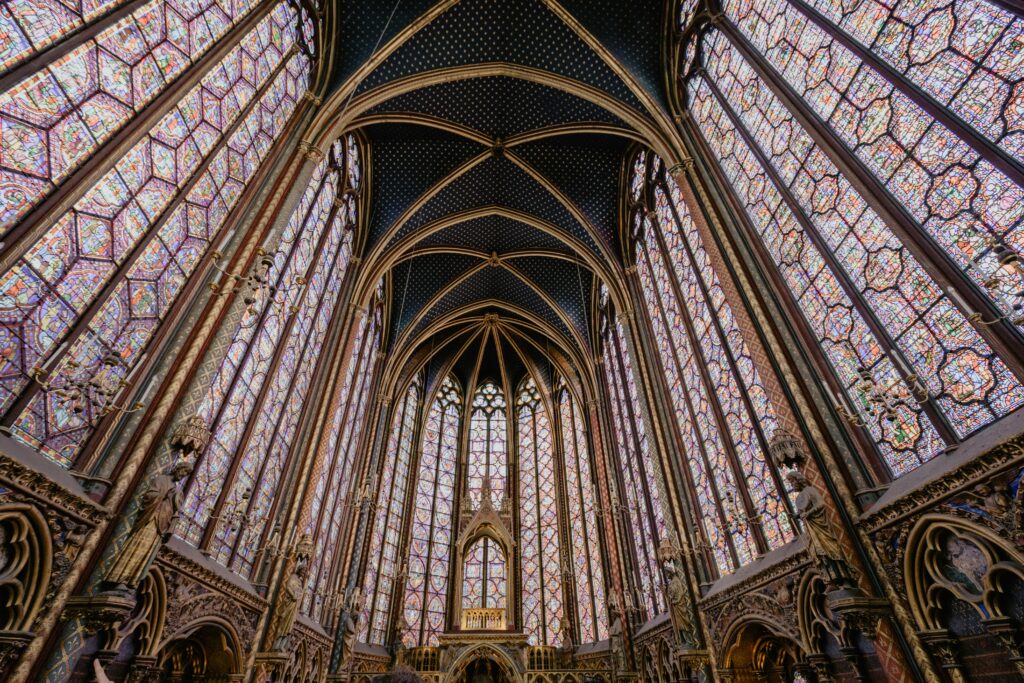
Paris is packed with many of the most historical sites in France, and the Sainte-Chapelle chapel is one of them; found in the Île de la Cité, it’s renowned for its Gothic architecture. Though the chapel is smaller than many others in France, it’s a classic case of quality over quantity – though the building’s history hasn’t always been smooth sailing. Sainte-Chapelle was built in record time in less than 7 years during the 1240s, and was commissioned by Louis IX (who would later become Saint Louis).
It was constructed on two levels; the lower chapel was for the staff of the royal palace, while the upper chapel’s purpose was to house the king’s most precious relics, including the Crown of Thorns and a fragment of the True Cross. Sainte-Chapelle was damaged by fires in 1630 and 1776, then nearly fell into disrepair during the Revolution and was used to store grain. It was close to being fully demolished, but the public managed to save it, and a grand restoration project followed between 1840 to 1863. Today you can still admire many original features, including the incredible stained glass windows, two-thirds of which are original and considered the most complete example of 13th century stained glass art.
Chartres Cathedral
This UNESCO World Heritage Site is found in northwestern France in the town of Chartres. Considered as one of the three masterpieces of Gothic French architecture (alongside Amiens Cathedral and Reims Cathedral), it was built and decorated between 1134 and 1260 (a fire in 1194 set back progress). Despite multiple fires, it is regarded as one of the most complete and best-preserved Gothic cathedrals, perhaps best known for its 176 stained-glass windows.
The oldest parts of the cathedral are its crypt and the Royal Portal, while the northwest tower’s distinctive spire was added much later in the early 1500s. The cathedral was an important destination for pilgrims in the Middle Ages, and continues to be a pilgrimage site for Roman Catholics today.
Pont du Gard

Likely one of the oldest historical sites in France and one of the country’s 49 UNESCO World Heritage Sites, Pont du Gard is older than most dating back to 19 BCE. This Roman aqueduct was constructed to carry water to the city of Nîmes over the Gard River in southern France, and is credited to Marcus Vipsanius Agrippa, Augustus Caesar’s son-in-law.
Though the aqueduct of Nîmes stopped functioning around the beginning of the 6th century, Pont du Gard never regained its original use – and it was only during the Middle Ages that it was adapted to transport people, though this damaged its stability and it lost a number of stones and arches.
The bridge-aqueduct is made from three tiers of arches, reaching 47 meters (155 feet) tall. The first and largest tier features six arches ranging from 15 to 24 meters (51 to 80 feet) wide, the largest spanning the river, while the second tier is made up of 11 arches, and the third 35 smaller arches. Impressively, like many Roman constructions it was built without mortar, and was restored in 1743.
The D-Day Landing Beaches
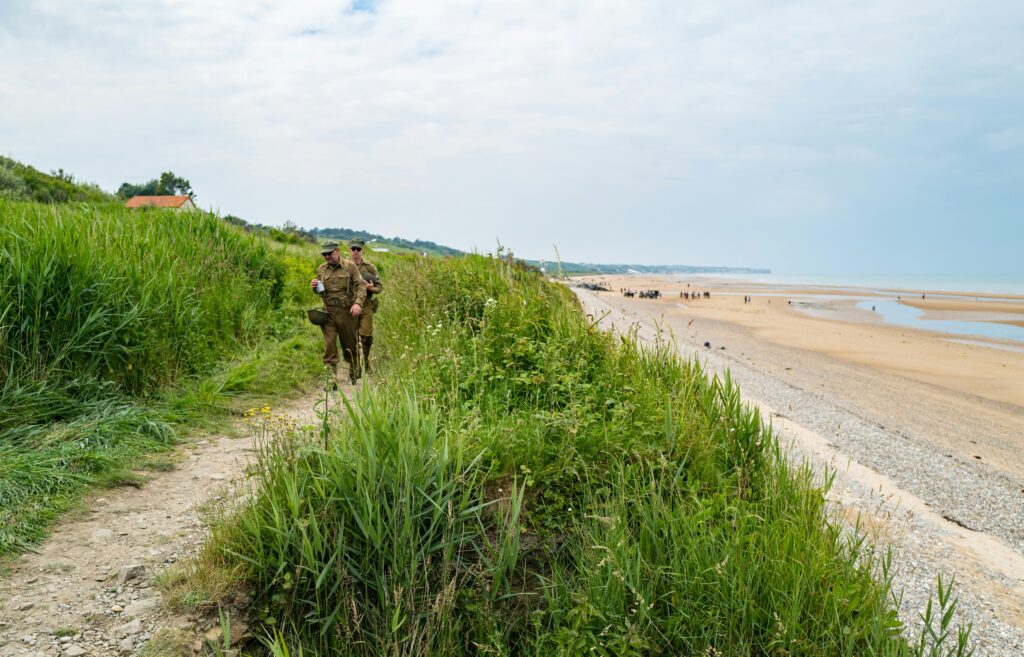
D-Day was the operation that would kickstart events leading to the end of World War II, and it took place across five beaches in Normandy: Utah, Omaha, Gold, Juno and Sword. Just after midnight, early on 6th June 1944, Allied forces parachuted into drop zones across northern France and ground troops then landed across the five beaches. By the end of the day, the Allies had established a foothold along the coast and could begin their advance into France.
On our Normandy, Brittany & The Loire Valley Tour, an 8-day guided tour taking you through the sights, sounds, and history of France, including two nights in Normandy where you’ll meet a Local Expert and visit key sights to learn all about the history of one of the most pivotal historical sites in France.
Lascaux Caves
The history of the Lascaux Caves begins in the Dordogne Valley some 20,000 years ago, though it was until 1940 that this prehistoric history was discovered. A group of young boys walking in the countryside discovered the cave, uncovering one of the most remarkable displays of prehistoric art. The paintings consist primarily of large animals once native to the region, offering a rare insight into how prehistoric humans lived in the valley thousands of years ago. The Lascaux cave was designated a UNESCO World Heritage site in 1979.
Saint-Paul-de-Vence

One of the oldest medieval towns on the French Riviera, Saint-Paul-de-Vence is a charming hilltop town with an artistic history. Though parts of the town date back as far as the 10th or 11th centuries, this walled medieval town was made a royal town by King Louis III in 1418. During the 1900s Saint-Paul-de-Vence became popular with the artistic community, who were drawn by its secluded charm and natural beauty. Many famous artists lived there or visited, staying in Chez Robinson (now known as the Colombe d’Or hotel), including Pablo Picasso, Jean-Paul Sartre, Henri Matisse, Pierre-Auguste Renoir, Jacques Raveart, James Baldwin, and many more. Currently the walled Old Town is home to 300 locals, while the rest of the 3,500 residents live outside it in the valleys and hillsides.
Chambord Castle

The fairytale castle of Chambord is the largest château in the Loire Valley, built for Francis I as a hunting lodge. Construction began in 1519 and continued into the 17th century; designed by architect Domenico da Cortona, it’s one of the most incredible examples of French Renaissance architecture.
Grand in scale as well as style, the castle boasts more than 300 chimneys, dormer windows, and turrets. Salamanders, Francis I’s personal emblem, appear as motifs throughout its halls. Its most exceptional feature is the interlocked, double-helix staircase (that allows people to ascend and descend simultaneously without meeting), a feature that has (tenuously) been linked to Leonardo da Vinci.
The Catacombs of Paris
Though the history behind the Catacombs of Paris is rather morbid, it’s also fascinating. In the late 18th century, Paris was experiencing major public health problems tied to the city’s cemeteries – so, the decision was made to transfer their contents underground. The most easily accessible site was, at the time, located just outside the city in the former Tombe-Issoire quarries under the plain of Montrouge. The first evacuations were made from the largest cemetery in Paris, Saints-Innocents, between 1785 and 1787. It was only in 1809 that the Catacombs were opened to the public by appointment, and now welcome nearly 550,000 visitors yearly (no authorization needed!). The Catacombs are 20 meters deep, with 243 steps (131 to go down, 112 to climb up), covering a total area of 11,000m².
The Bastille
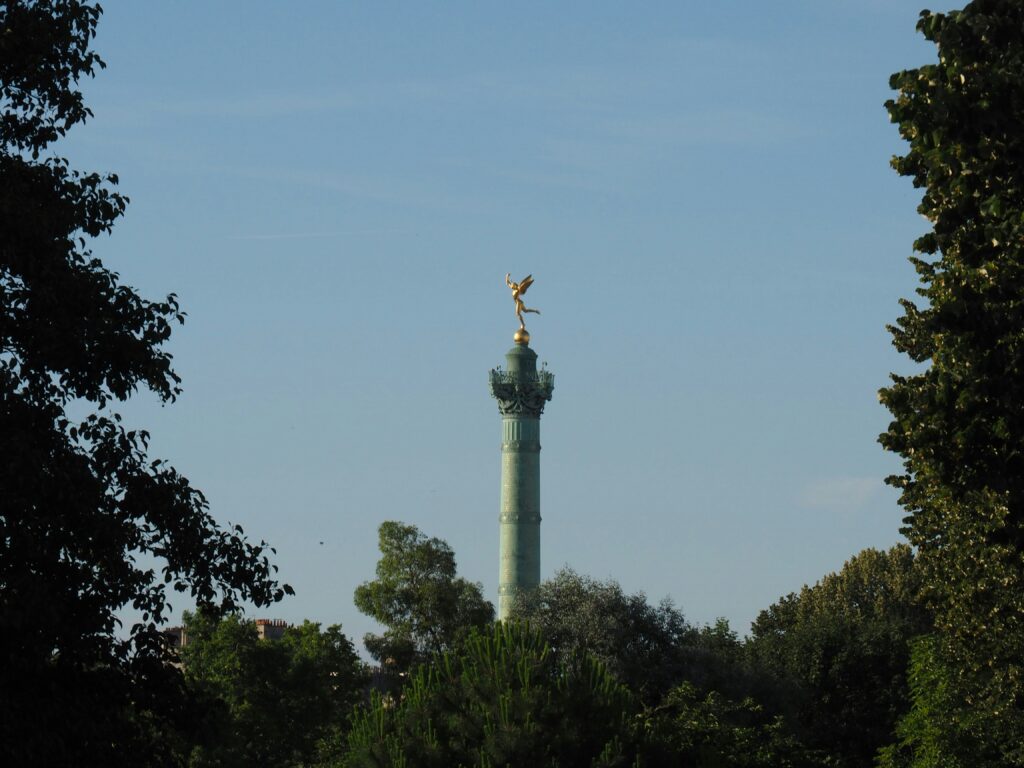
One of France’s most important historical monuments, Place de la Bastille is a public square where the Bastille, a medieval fortress built in the 1300s on the east side of Paris, once stood. In the 17th and 18th centuries, the Bastille became a French state prison, and was stormed by a mob of Parisians on 14th July 1789 at the beginning of the French Revolution. Though the Bastille only contained 7 inmates at the time and was scheduled for demolition, it was stormed because Parisians feared that King Louis XVI was about to arrest France’s newly constituted National Assembly, and the prison was seen as a symbol of the monarchy’s abuse of power. The annual anniversary of the storming of the Bastille is recognized on Bastille Day, which was made a French national holiday in 1880.
Feeling inspired by these historical sites in France? Visit them in style on Insight Vacations’ France guided tours.

